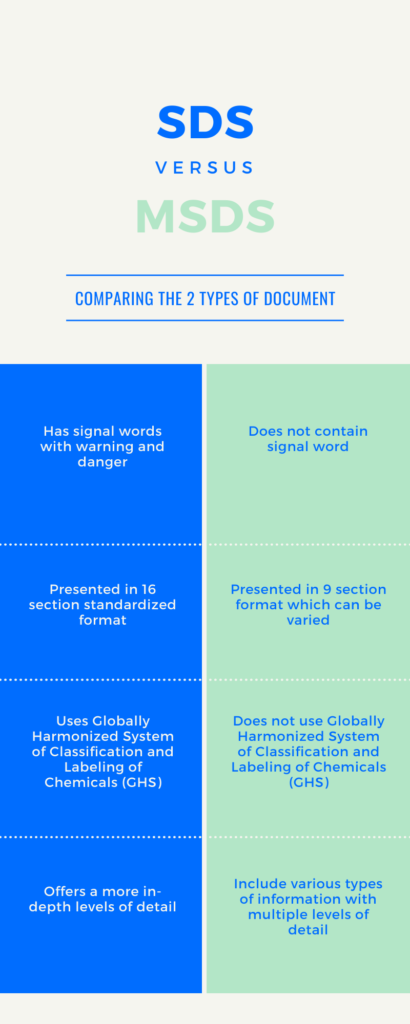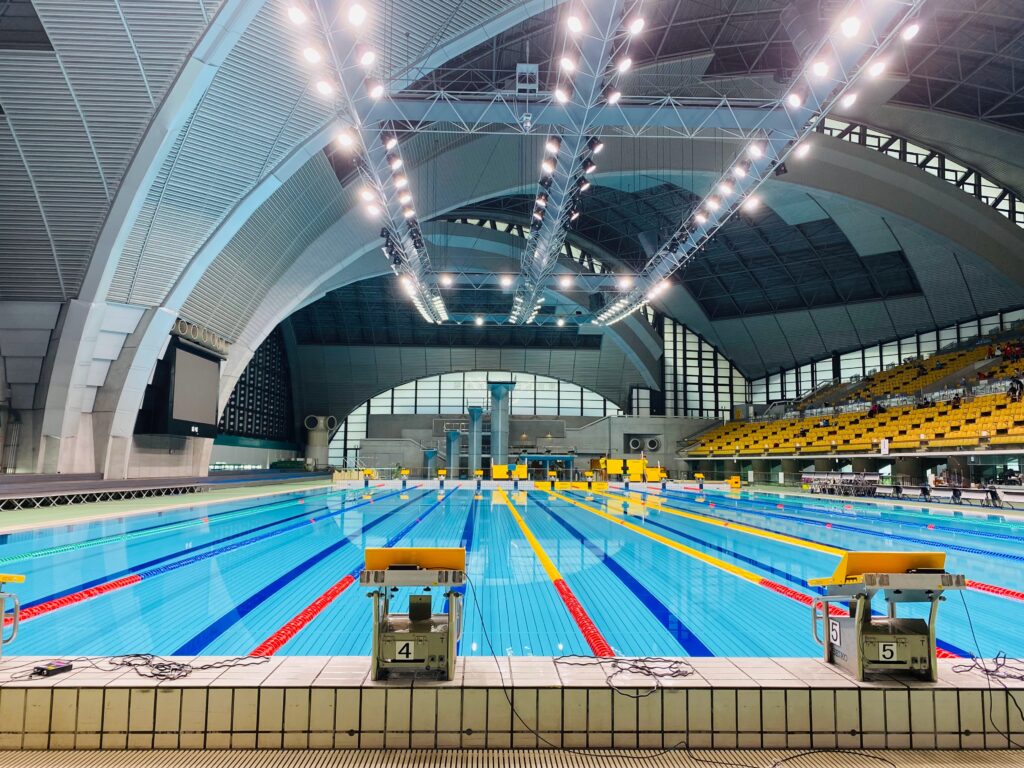Safety Data Sheet (SDS) is akin to a birth certificate of a chemical. It contains information on the composition of the chemical. The SDS is very important because it reveals to us whether the chemical is hazardous to our health or not.

If the chemical is hazardous to our health then we must take the necessary precautions to prevent exposure to it. The SDS contains information as to the proper personal protective equipment (PPE) to wear whenever we handle the chemicals.
As an example, swimming pool maintenance requires a chemical known as chlorine. It comes in a powder form and it is diluted in water. What PPE is suitable to prevent exposure in such a situation? If we refer to the SDS, we can find that it recommends a respirator with dual cartridges for both dust and vapour.

Example : Swimming Poll Maintenance chemical chlorine comes in powder form. But it is diluted in water. What PPE is suitable to prevent exposure ? Usually a respirator with a vapour cartridge ? but it come in powder form ? not adequate ….
Answer : refer SDS – A respirator with Dual cartridge for both dust and vapour
Assessment of PPE is also an important subject matter, which should be meticulously and carefully reviewed for selections according to the exposure of the chemical and its hazards based on its severity or level of danger. PPE program is an important aspect of compliance legally. If an employee is wrongfully exposed to a hazardous substance, he or she can seek legal redress in civil law. As a result, it is essential to conduct a comprehensive assessment before selecting PPE.
We should also be mindful of disposal of the chemicals after we are finished with using them. Since the ingredients of the chemicals are harmful to life, don’t you think disposing them haphazardly without regard to the environment will endanger other humans and all living creatures who are dependent on the environment? Surely it will harm all of us and the environment as well.
You may think who cares about the environment? If everyone on the planet thinks like you and doesn’t give a damn about safe usage of chemicals, God forbid, we are on a suicidal mission to destroy our planet. Remember:- using chemicals safely starts from you and I …

Many blame the various industries for being irresponsible with the manufacturing, handling and disposing of the hazardous materials. While it is true that some of these industries are culpable, we as individuals are also equally blameable.
Just think for a while… do you know the water you drink today is polluted with heavy metals that are dangerous to your health? Why do you think it is so? People like you and I showed a “tidak apa” attitude when disposing of chemicals that mixed into the water streams and it finally ended up in your water pipes at your house. Slowly but surely it will affect your health and all in the family. In addition to chemicals that find its way into our water streams we also treat the same water streams as garbage disposal centres. We throw plastics, paper, clothes, food wastage, etc into the water streams. The chemicals along with other garbage will seep into the water catchment areas and this ultimately will end up in our bodies as cancer, endocrine disruptor and many other strange illnesses!

Another common example of hazardous chemicals can be found in the thinner that we often use in our homes. Do you think it’s safe to be used without the PPEs? Let’s analyse how safe the thinner is…
Do you know thinners are classified under SCHEDULE 2 OF USECCH REGULATION 2000 in Malaysia and in other countries?
WHAT is SCHEDULE 2 OF USECCH REGULATION 2000?
The authorities classify chemicals according to their hazardous nature. All chemicals appearing in Schedule 2 are classified as more dangerous and require medical surveillance. Do you know what this means? It means all those who come into contact with thinner in their occupation must go for yearly urine test in order to identify whether traces of the chemical composition in the thinner is found in the human body. We are carefree in using thinner at home without realising its hazardous nature and without using the PPEs. The SDS contains all the information, if one only care to check it out! not.
It is true that From industries only ? Its also from homes ? All chemicals hazardous to health must be treated before it reaches the water stream. The water that we pollute with chemicals and other pollutants such as plastics, clothes, food waste also affects us drastically. These chemicals bioaccumalte in our system and eventually leads to chronic diseases like cancers, endocrine disruptor.
Example:
Thinner is very commonly used household chemicals, do you think it is safe ? Lets discuss ?
DO you know, the composition of thinners are classified under SCHEDULE 2 OF USECCH REG 2000 in Malaysia and other countries ?
What is Schedule 2 ? We have schedule 1 and 2 chemicals. As soon as any chemicals appear in Schedule 2, it is classified as more dangerous and requires medical surveillance which means yearly testing of urine samples to be taken to identify the presence of that particular chemical in our system.
